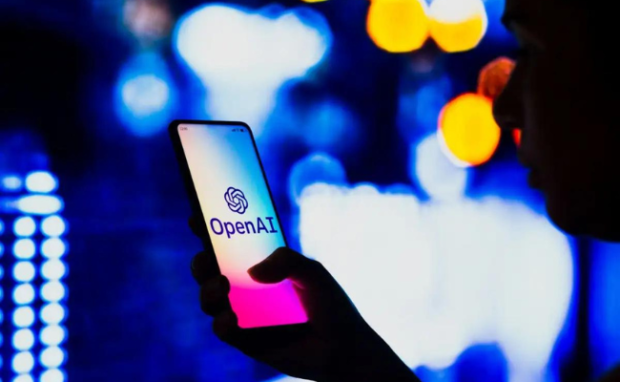OpenAI Launches Free ChatGPT Detector
The company behind ChatGPT and DALL-E released a free tool designed to “distinguish between text written by a human and text written by AIs.”
It is a response to numerous schools implementing bans on AI tools within campus premises. A few weeks ago, a spokesperson assured educators that it would help teachers benefit from AI.
However, the free tool comes with numerous important caveats. The most important one is that it is not 100% accurate.
How does the ChatGPT detector work?

Photo Credit: www.newscientist.com
OpenAI calls its new program an AI Text Classifier. You may access it by going to platform.openai.com/ai-text-classifier.
The webpage says it “predicts how likely it is that a piece of text was generated by AI. In other words, it is not a mere ChatGPT detector.
It could tell you if other AI tools probably created a piece of writing. However, OpenAI highlights the tool’s limitations.
First, you must input a minimum of 1,000 characters. Depending on your writing, that would take approximately 150-200 words.s.
Second, the classifier isn’t always accurate. It can mislabel both manmade and AI-generated text.
Third, people could easily edit AI-generated text to evade the ChatGPT detector. Lastly, it is likely to yield poor results when given text written by children.
Also, it would likely make mistakes when analyzing words that are not in English. After all, the company mainly trained the AI chatbot on English content written by adults.
The OpenAI Classifier provides a text box for your entries. All you have to do is input your text inside and click the Submit button.
Then, it would indicate the likelihood that it is AI-generated below. Again, we must remember that it is not a foolproof tool.
Why can’t we rely on AI content detectors?

Photo Credit: www.zdnet.com
Teachers have been trying to stop students from cheating with AI tools. In response, they have been scrambling to find tools to identify AI-generated content.
Unfortunately, even the creator of ChatGPT cannot reliably detect content made by its device. It may seem strange, but that problem likely stems from its advanced features.
It can closely mimic how people write, despite following rules or algorithms. Also, it trained on numerous samples created by people.
As a result, people could write content that may seem created by artificial intelligence and vice-versa.
Related Articles
Moreover, numerous free online tools can rewrite essays. For example, a common tactic for cheating is to get content from ChatGPT and then run it through Quillbot.
The latter rewrites content with different words and styles. It was not intended to bypass ChatGPT detectors, but some people use it for that purpose.
Conclusion
OpenAI released a ChatGPT detector, but it does not provide 100% reliable results. As a result, banning its use would not help schools and other institutions.
Perhaps we should shift our focus to adapting to artificial intelligence as it is the future. The tools become destructive or benevolent depending on how we use them.
Note that this article only mentions tools like Quillbot and ChatGPT as examples. It does not condone their use for academic dishonesty and other malicious purposes.